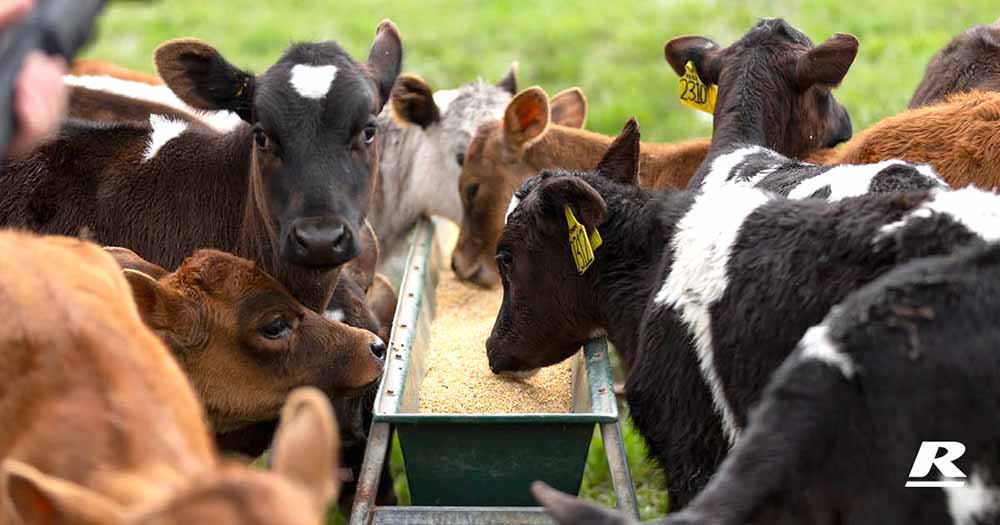Introducing stock on to grain: the how’s and why’s
The feeding of supplementary feeds such as grain can have a great impact on achieving your farm’s goals and productivity in an effective manner. Usually grain is fed strategically to increase the energy and protein content of the diet, in a way that supports high daily intake of feed. Many scenarios use grain; for example during a feed gap, to supplement poor quality hay or silage, for growing out young stock and meeting energy needs of breeding stock.
Whilst it can be a fantastic tool to use in livestock systems, some considerations need to be respected around the feeding of grain and especially its introduction to unadapted livestock.
It is important to:
- Introduce livestock to grain gradually.
- Ensure roughage (fibre) levels are adequate by feeding hay or straw if pasture is limiting
- Monitor stock carefully for signs of acidosis or for loose manure
- Consider separating shy feeder and younger animals away from more dominant animals to avoid uneven consumption and greater variability within your feeding group.
- It takes time for the rumen microbes to adjust to a new ration, any changes in amount should be built up over a two week period.
- Any change of ingredient (for example the addition of lupins to a barley based mix) should be done via shandying the new mix in with the old over a period of one week, with increasing amount of the new ingredient added over that time.

Introducing grain to cattle:
Always ensure that cattle have had access for forage (pasture, hay, silage) before introduction to grain. It may take some time for all of the stock to start eating the grain, and any increases of feed rate should be done after the point that all the stock are on the grain, and shy feeders identified and separated.
For cattle:
- Start feeding at 500 grams up to 2kg/head/day for adult cattle, or 0.5% of their body weight for young stock
- After 1-5 days, after all the stock look to be eating the feed, increase the amount of grain fed by 0.5kg/head every second day until desired amount is reached
Feed cattle daily during the build-up period of grain rations. For situations when grain is to supplement summer crop, pasture or stubbles, cattle can be moved to one feed every two days (ensure that double to daily quantity is supplied).
For young stock and lactating animals daily feeding is required. Stock in intensive feeding programs, should have grain feed available to them at all times once they are adjusted to the grain.
Acidosis can occur when the rumen has not fully adjusted to a higher starch diet and undergoes a ‘challenge’. This can also occur if there is not enough effective fibre in the diet to encourage good rumen health.
Symptoms to look for include:
- Little or no appetite
- Weakness, staggering or lameness
- Diarrhoea or bloat
- Dehydration and struggling to stand
Severely affected animals should receive veterinary treatment. More mildly affected cases should be removed from the grain on to a hay only diet, or at least grain level halved and fibre load increased until they appear healthy again. Re-introduce grain again as per principles stated above.
To find out more about the best animal feed or health management strategy for your herd, give us a call and have a chat to one of our nutritionist on 1300 REID FEED or enquire here >
Author
Richard Glenn
Regional Sales Manager
SW Victoria
References:
Agriculture Victoira, 2020, A guide to introducing grain to sheep and cattle, State of Victoria Department of Jobs, Precincts and Regions, viewed 9th April 2020.
Kincheloe, J, Harty, A, 2015, Considerations for Rumen Development in Weaned Calves, Angus Beef Bulletin, viewed 9th April 2020
